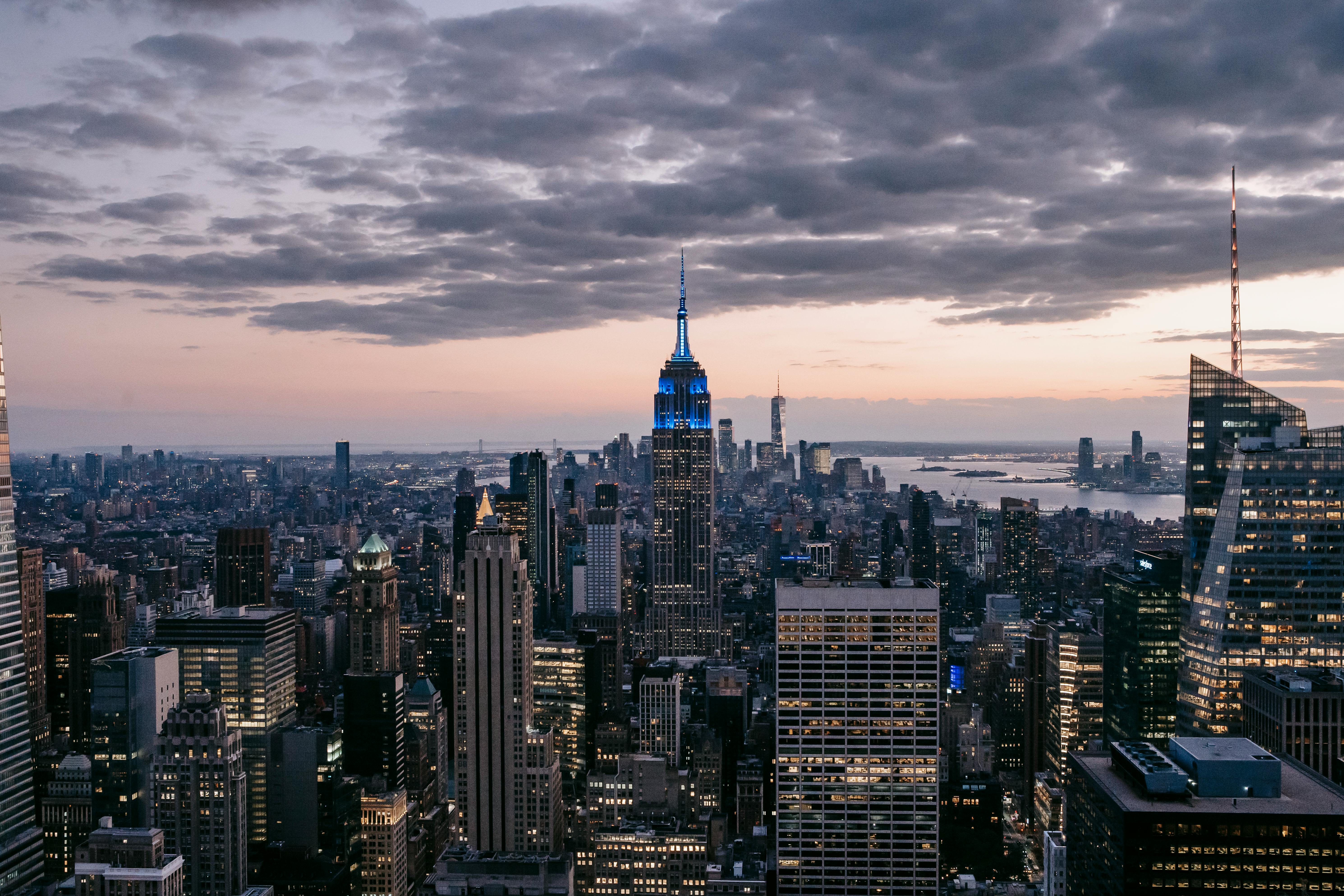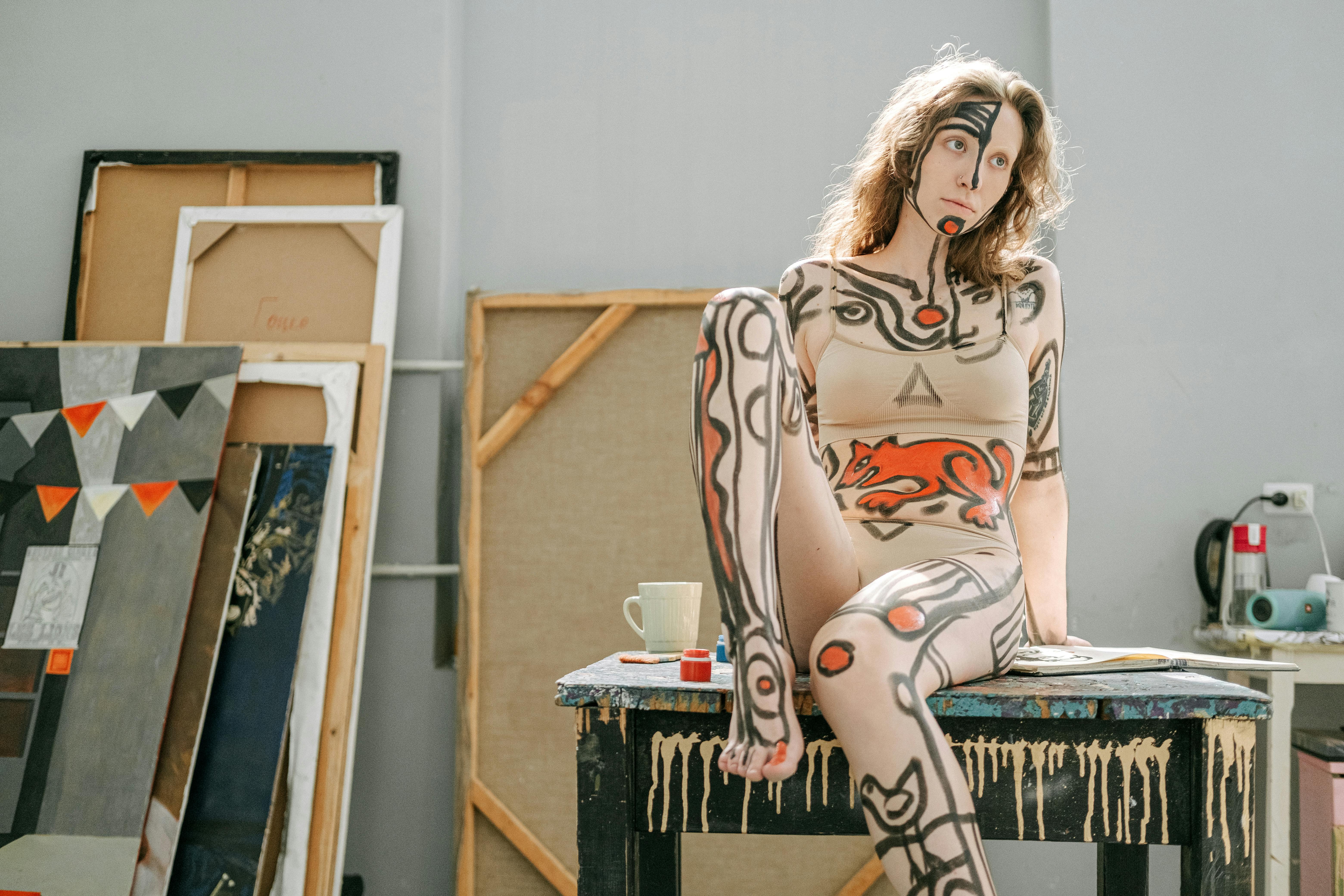In the sixties, hippies woke up with tie-died shirts, long skirts and accessories with the peace symbol. The seventies were marked by polyester garments and sequined roller-disco suits. The 1980s and 1990s… do we even need to remember?
Since then, an overshadowing trend of “fast fashion,” cheap clothes, most likely from third-world sweatshops, provided easy and cheap access to the season’s trend. The prices would be significantly low, making the purchase extremely tempting and most likely not regrettable, even if the dress falls apart after only three nights of partying.
A new era of eco-fashion has been emerging, shaping how this current decade will be remembered in terms of style.
The idea of eco-fashion began to emerge in the 1980s when concerns arose about chemicals in fabrics, such as flame retardants and pesticides on crops. At the time, it meant chemical-free, and it primarily protected us against fears for our own health rather than the deterioration of our planet. After the Chicago Tribune uncovered Levi Strauss’s unethical use of clandestine foreign labor in ’92, eco-fashion really started to take off.
Although it seemed like one major brand after another was being busted for using unfair and exploitable labor, and ethical fashion was on the rise, the concept still generated the image of an expensive, itchy burlap sack like a dress. It just wasn’t elegant.
As the years passed, many designers began to take a stand for eco-friendly fashion, producing elegant, organic and fair trade clothing lines. It was a new generation of fashion entrepreneurs, creating something that was not only a promising new trend, but also a style that would become timeless fashion that anyone, of any personal style and walk of life, could wear.
As small designers started launching new eco-fashion labels, big designers got on board too. Designers like Stella McCartney, Giorgio Armani, Gucci and Vera Wang have supported the eco-fashion movement by using sustainable fabrics and fair trade practices.
As we have looked back over decades in terms of fashion trends, a new era of timeless style, eco-fashion, is dawning on the horizon. More and more designers have turned to promoting sustainability and ethics, and maintaining an unconditional commitment to the environment and the world around us. The green path is the new black, socially conscious clothing brands are the new leaders in the fashion industry.




